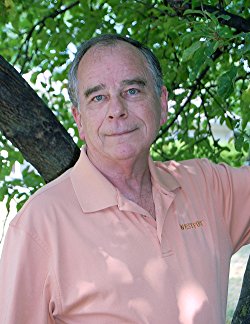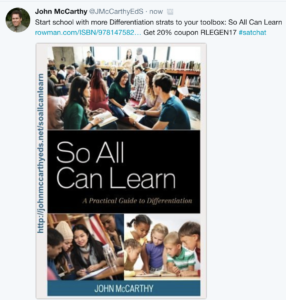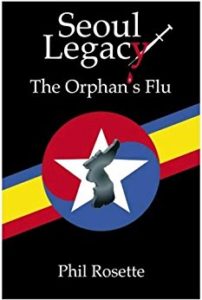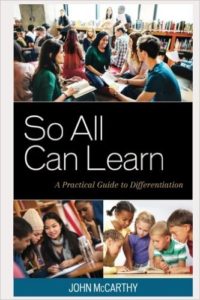Writing is a journey without a permanent destination. Each story that we tell is only the part of the iceberg that appears above the surface. Sure, the great authors show tremendous depth in their stories like Toni Morrison, Ernest Hemingway, and Chinua Achebe. One of the ways that their stories are remarkable is by what’s left unsaid.
Writing is like other creative processes in that the skills to acquire and strengthen are limitless in how much one can develop. Bono, the lead singer of U2, reminded me of this in his recent interview with Rolling Stone magazine. The article is titled: Bono: The Rolling Stone Interview. Much of it sounds like a recording of a conversation between two people in a room, which I suspect was the case.
In the interview Bono shares much about his creative process and growth. It resonates with what I’ve heard others who create for a living. After 40 years of success in an industry that is tough to stay relevant, Bono and his bandmates continue to seek growth.
- He talked about learning how to write music through structures like from musical theater as way to create sounds that stay with people—in a good way J
- He reads voraciously across multiple genres. For example, he references the work from Saint Paul, “…he writes this ode to love, which everybody knows from his letter to the Corinthians: “Love is patient, love is kind. . . . Love bears all things, love believes all things” – you hear it at a lot of weddings.”
- He analyzes song lyrics such as from Dylan like one does with poetry. Because good music IS poetry.
Creativity is a demanding mistress who is there for you if you commit totally to her. Dedicating time and thought brings about moments where I feel like I’m in “the zone”—this perfect cocoon of synchronicity where ideas, emotions, and structure flow melodically.
Bono reminded me that to get those moments requires preparation, study, and dedication. Sometimes it’s easy to get distracted with doing “stuff” that feels real in the moment. It’s getting stuck in the minutia and not organizing time set aside for that which we love the most: Creating. My takeaway is a reminder to do these things more, if I want to stay creative:
- Reading others
- Journal
- Dialog on topics that move me to laugh and to tears with people who disagree and agree with my perspectives. Avoiding “the conversations” diminishes the depth of creativity
- Being comfortable with being uncomfortable
- Exercise
- Notice how I am creative in areas of work and non-work
- Most importantly: truly listen to others, the world, and my inner self
These last couple of days, I’ve been listening to U2 songs, both the ones that I’ve always loved, and now the ones that I’ve not paid too much attention. I listen for the joy, and to learn author craft from someone I admire even more now that he’s shared the gifts of his reflections.







